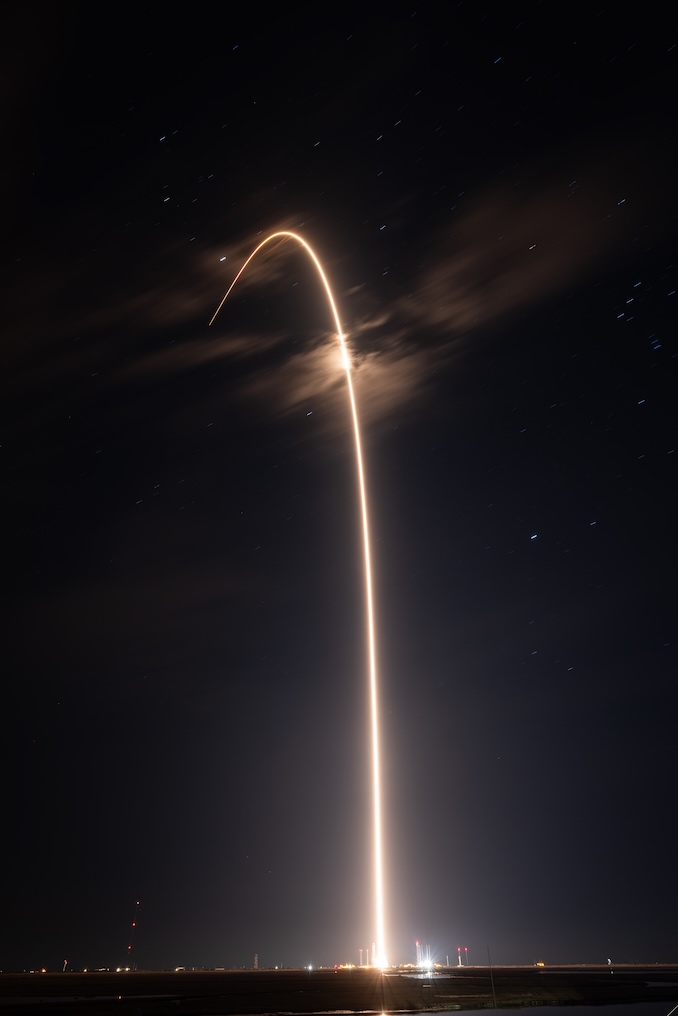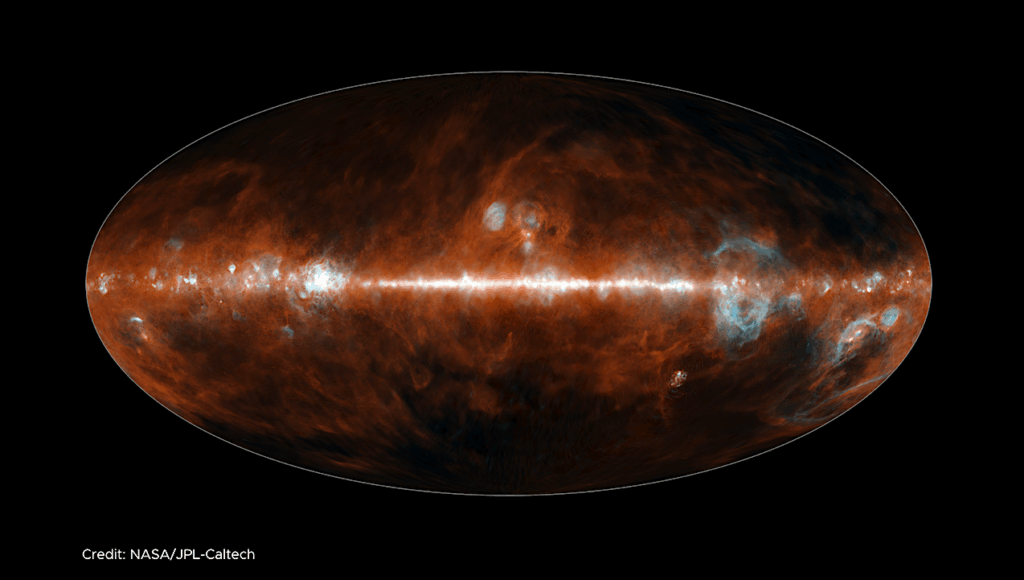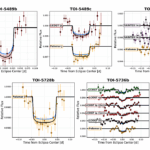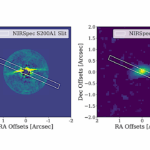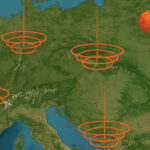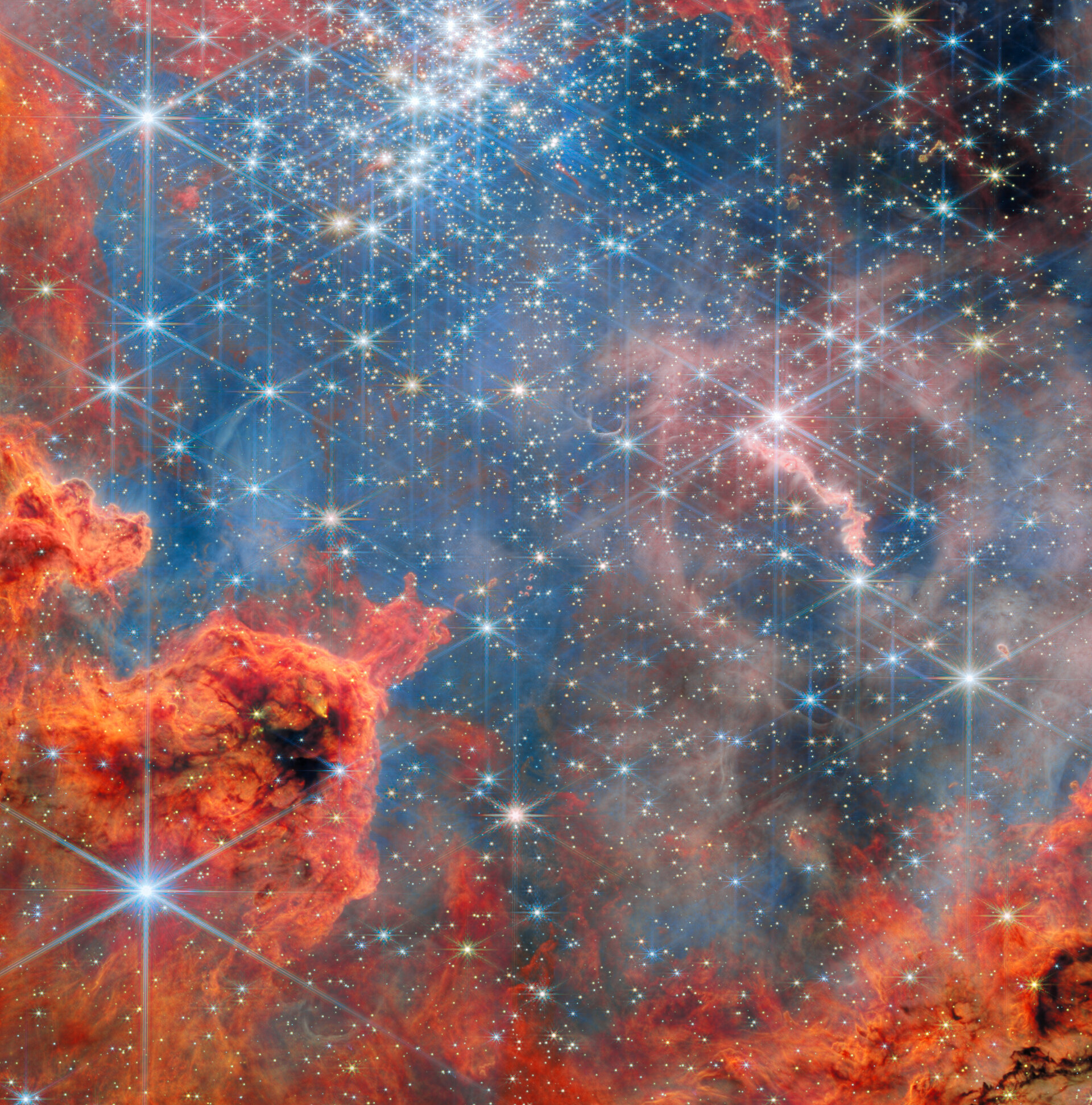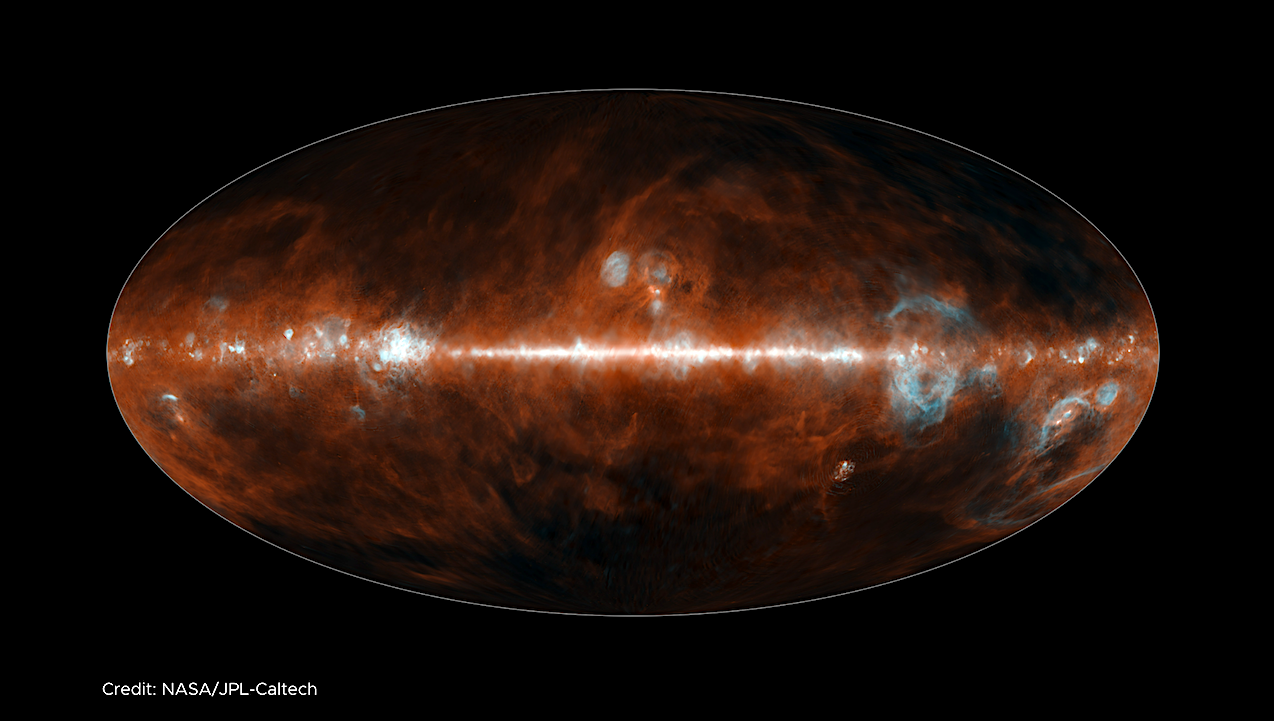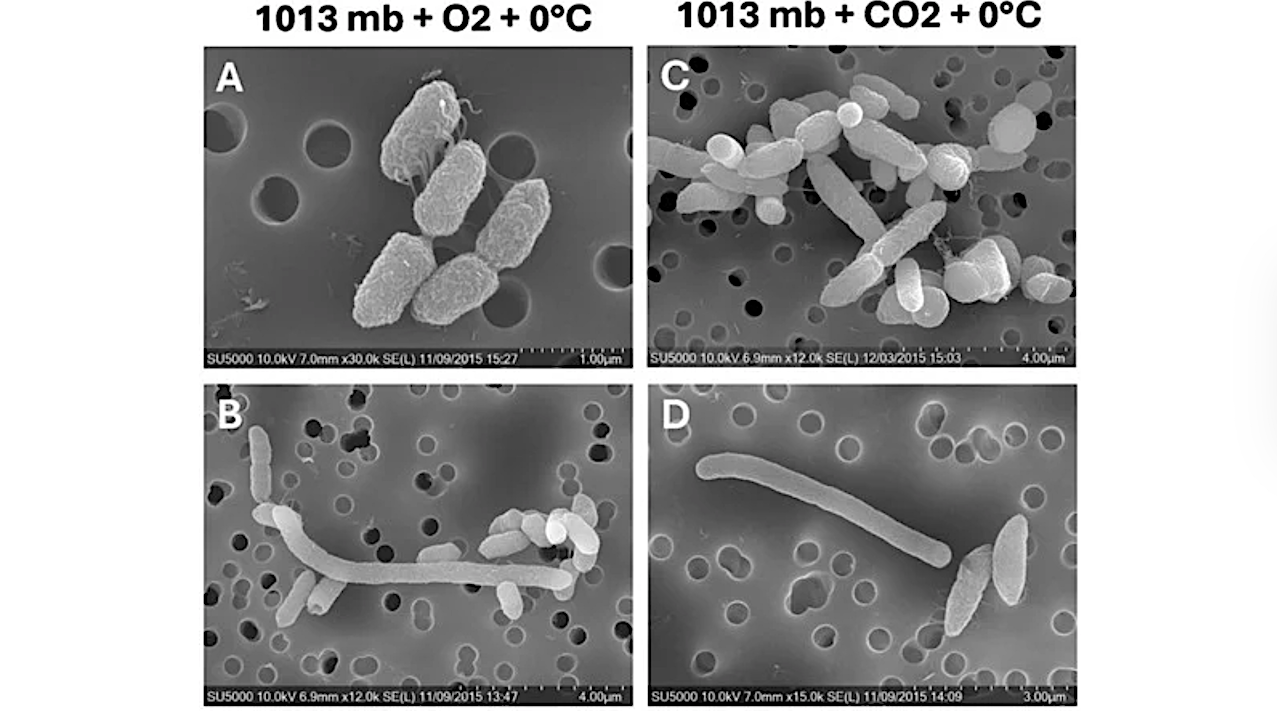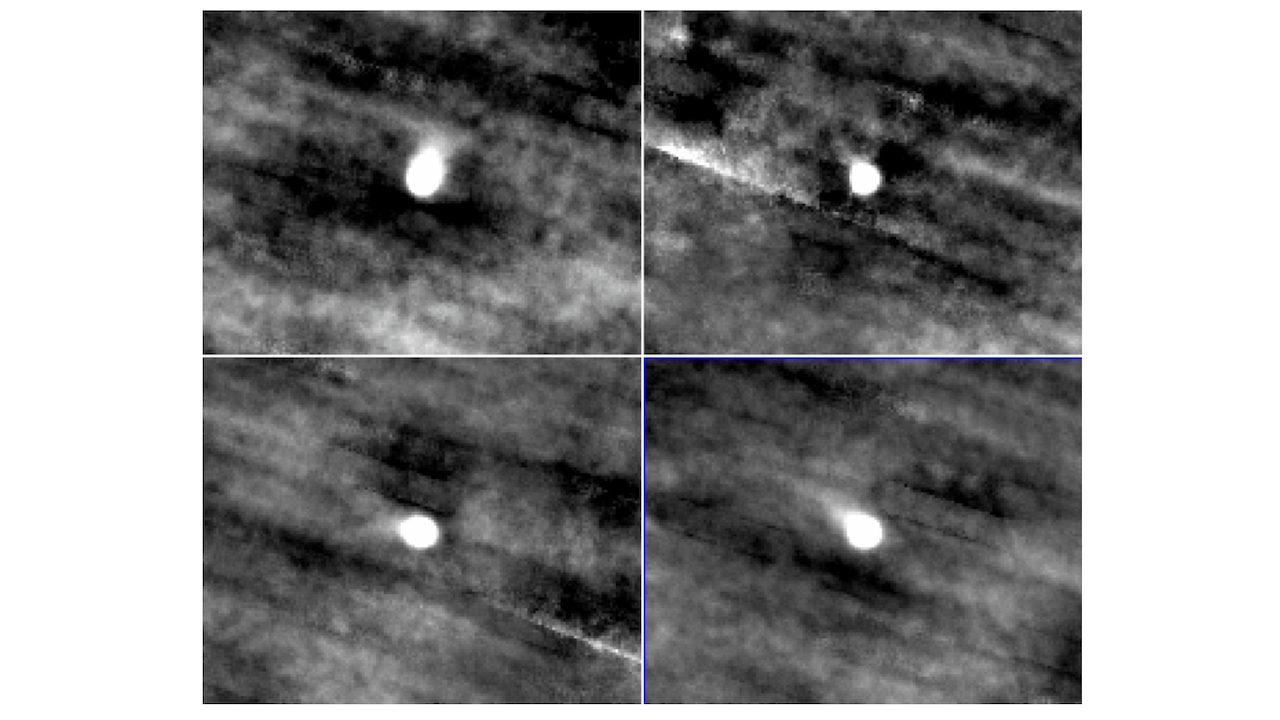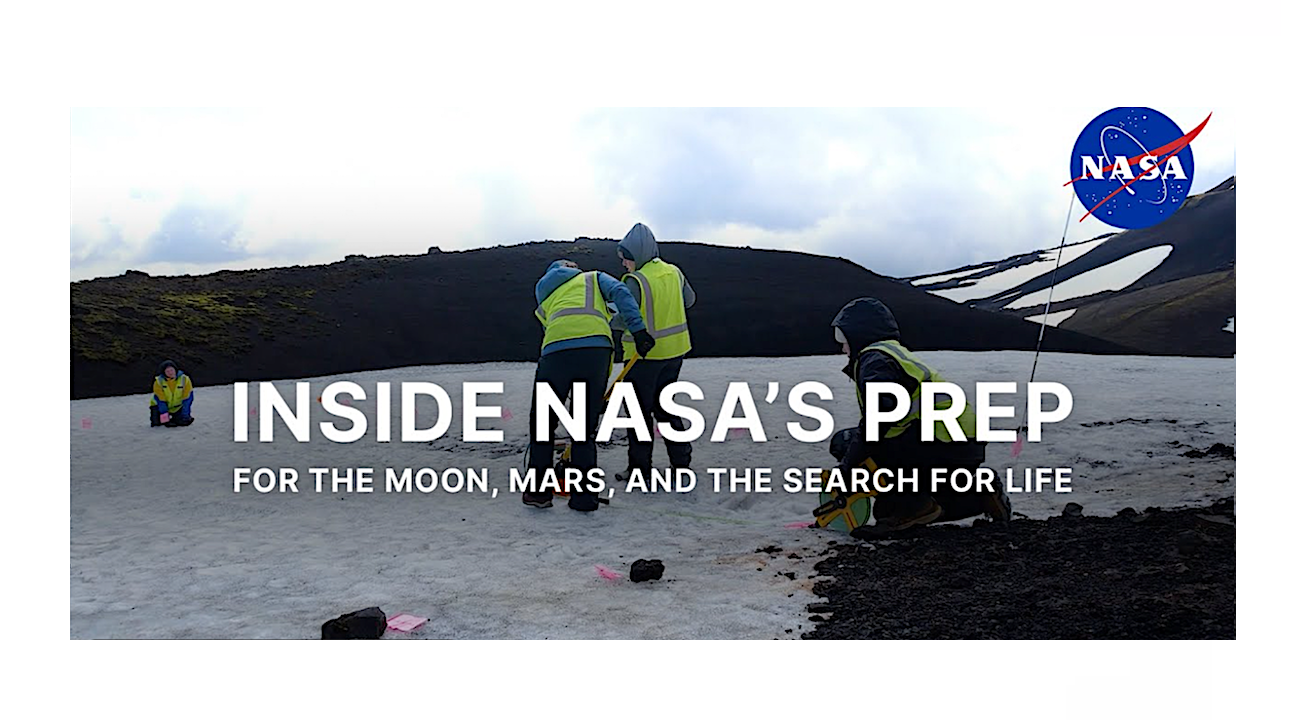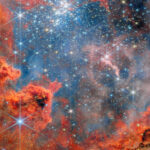Transmission electron micrographs of Serratia liquefaciens cell walls grown under lab-standard (24 h) and Mars low-PTA conditions (28 d) (see text). (A) Cell walls of S. liquefaciens cells grown under
Space Weather & Heliophysics Press Release astro-ph.SR December 8, 2025 Surface flux density observed and modelled. The m2F12-37-2.5 (dark green) and cF13-500-3 (light green) stellar atmosphere models are plotted at
Environmental and operational parallels and differences between submarines and spacecraft relevant to fungal persistence. Submarines operate under Earth’s gravity and are surrounded by seawater, while spacecraft operate under microgravity, are
A Southwest Research Institute (SwRI) project is using data from NASA’s Polarimeter to Unify the Corona and Heliosphere (PUNCH) spacecraft to track the interstellar comet 3I/ATLAS. It tracked it for
Artist’s impression of Kepler-186f, the first validated Earth-size planet to orbit a distant star in the habitable zone, namely a range of distance from a star where liquid water might
Inside NASA’s Prep For The Moon, Mars, And The Search For life How does NASA prepare to explore the Moon, Mars and Ocean Worlds? For scientists like Bethany Theiling, it
Can the U.S. beat China to the moon, and will NASA have the resources to do so? These were just some of the considerations raised when SpaceX billionaire private astronaut
As the space industry explores orbital data centers to meet growing demands for sovereignty, resilience and sustainability, one critical lens remains underutilized: cost. Not just launch cost or CapEx; but
Just as the sun slips behind the Chilean Andes, it seemed to send up a tiny emerald flare. The photograph, taken from Cerro Pachón in Chile by NOIRLab Audiovisual Ambassador
Communications between Earth and NASA spacecraft were critically vulnerable to hacking for years until an AI found the flaw and fixed it in just four days. The vulnerability was sniffed
-
 01From Polymerization-Enabled Folding and Assembly to Chemical Evolution: Key Processes for Emergence of Functional Polymers in the Origin of Life
01From Polymerization-Enabled Folding and Assembly to Chemical Evolution: Key Processes for Emergence of Functional Polymers in the Origin of Life -
 02Panasonic Leica Summilux DG 15mm f/1.7 ASPH review
02Panasonic Leica Summilux DG 15mm f/1.7 ASPH review -
 03How New NASA, India Earth Satellite NISAR Will See Earth
03How New NASA, India Earth Satellite NISAR Will See Earth -
 04And Thus Begins A New Year For Life On Earth
04And Thus Begins A New Year For Life On Earth -
 05Astronomy Activation Ambassadors: A New Era
05Astronomy Activation Ambassadors: A New Era -
06SpaceX launch surge helps set new global launch record in 2024
-
 07Two Black Holes Observed Circling Each Other for the First Time
07Two Black Holes Observed Circling Each Other for the First Time






